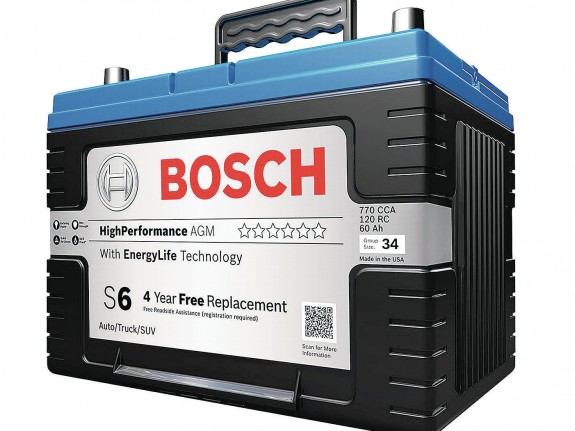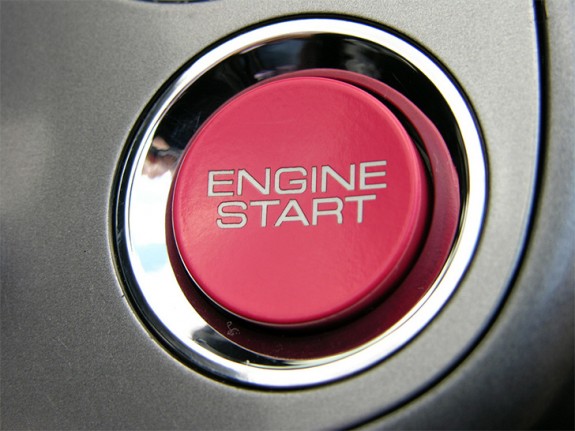Stupid Technology: Auto Start-Stop system
On a recent trip to Asia, I got a ride in my uncle’s new car, a 2013 BMW 528i automatic with Auto Start-Stop technology. In reality, when I got in the car, it didn’t even occur to me that it would have this feature, but it became quickly evident and clearly unacceptable. You see, this car was purchased for ~$130,000 (US dollar equivalent) in a country where an average engineer starts at $10,000-15,000 a year in salary. And yet, when this $130,000 machine came to a stop, it abruptly shuddered to a stop. Then, when my uncle took his foot off the brake, it shuddered when it started up again. Is this technology really worth the embarrassment of driving a BMW that shudders? Not really, and here’s why.
Luckily, Kim Reynolds over at Motor Trend has already done the testing and maths for me. His calculations for a 40 mile drive down the Pacific Coast Highway indicated that the start-stop system in his long-term BMW 528i saved him 25 cents on a trip that cost $6.22 in fuel. That equates to a 4% savings,or about $6.25 per 1000 miles driven, and it also reduces emissions in traffic. Great, every little bit helps and it can’t hurt, right? I can put up with a little shuddering for that? Not so fast, there are a few things that will skew the data here.
First, it’s important to know that the 4% savings was achieved in city traffic. Auto Start-Stop cannot possibly work on a highway by definition. So, if you primarily drive highway miles like I do, it’s going to be absolutely useless to you. Second, I have not confirmed this but I am fairly certain that the system doesn’t work when the engine is cold, ie. when the engine is using the most fuel at idle. Thus, if you have a short commute, you can forget the savings, too. Also, if you do a lot of stop-and-go creeping, it won’t help you. The system only works if you approach a stop and stay in one spot for the duration of the light. Since the engine turns off, you cannot creep forward, or else the engine will be forced to restart. Then of course, there’s the issue of adding complexity to a car so that it can do something for you, that you’re perfectly capable of doing by yourself.
Well, let’s say you account for all that and you know you’ll use the system a lot. It’s still not worth it! Due to the additional stress of extra starting, the starter in these cars have to be beefed up to handle the load. That’s fine, but what happens when the starter goes out? I priced a starter for a 03 Camry 4-cylinder last weekend and Toyota wanted a dear $330 for it. Imagine how much these beefed up starters are going to cost! In addition, unless this becomes a real mainstream feature, you can forget about having the starter readily available when yours goes bad. Then there’s a battery issue. The battery also has to be beefed up to accommodate the extra load, but at what price? I can go to Costco and buy an Accord battery for $70, but the special Absorbed Glass Mat battery necessary for auto start-stop can cost up to $200. As an added insult to injury, AGM batteries are picky about charge cycles, so the dealer will have to reprogram the computer every time a new battery is put in – and I’m sure that won’t come free.

Special AGM batteries like this Bosch can cost more than twice as much as a normal Lead Acid battery.
Finally, the system is not always a standard feature. For example, Ford charges $295 for the feature, to account for the AGM battery, starter and transmission fluid pump. Between paying extra for the feature and then paying more for maintenance on the battery and starter, it would take forever to start saving money with it. So why bother paying for something that you can do/control on your own? Skip the feature and its horrible shuddering, and be spared of the embarrassment of owning a new old-feeling car.



